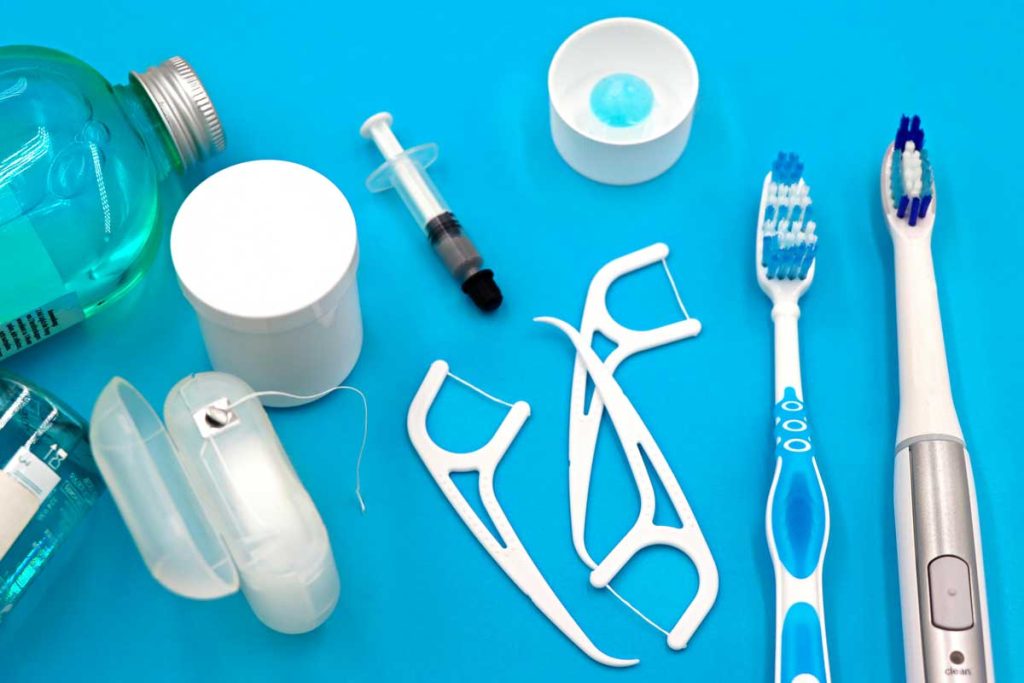Brushing and Flossing Instructions
for Optimal Oral Health
Table of Contents

Maintaining a healthy and beautiful smile starts with proper oral hygiene. At SuttonPDA, we are committed to helping you and your family practice excellent dental care at home. This guide provides detailed brushing and flossing instructions to help prevent cavities, gum disease, and other oral health issues.
Why Proper Brushing and Flossing Matters
Daily brushing and flossing are your first line of defense against plaque, tartar, and tooth decay. When done correctly, these simple habits remove food particles and bacteria from the teeth and gums, keeping your mouth fresh and healthy.
Neglecting proper techniques can lead to long-term dental issues such as gingivitis, cavities, and even tooth loss. That’s why understanding and following the right brushing and flossing instructions is crucial for both children and adults.
How to Brush Your Teeth Correctly
Brushing should be done twice a day for two minutes each time—once in the morning and again before bed. Follow these steps for effective brushing:
- Choose the Right Toothbrush: Use a soft-bristled toothbrush that fits comfortably in your mouth. For children, choose age-appropriate brushes with smaller heads.
- Use Fluoride Toothpaste: A pea-sized amount of fluoride toothpaste helps strengthen enamel and fight cavities.
- Hold the Brush at a 45-Degree Angle: Aim the bristles at the gum line and use gentle, circular motions.
- Clean All Surfaces: Brush the outer, inner, and chewing surfaces of each tooth.
- Don’t Forget the Tongue: Gently brush your tongue to remove bacteria and keep breath fresh.
- Rinse Thoroughly: After brushing, rinse your mouth and toothbrush with water.
Pro Tip: Replace your toothbrush every three months or sooner if the bristles are frayed.
How to Floss Properly
Flossing should be done once a day, preferably at night before brushing. It removes plaque and food particles between teeth where a toothbrush can’t reach.
- Use About 18 Inches of Floss: Wrap most of it around your middle fingers, leaving about 1–2 inches to work with.
- Guide the Floss Between Teeth: Gently slide the floss between your teeth using a sawing motion. Avoid snapping it into the gums.
- Curve Around Each Tooth: Create a C-shape with the floss and slide it under the gum line.
- Use a Clean Section for Each Tooth: Move to a new section of floss for each space.
- Rinse After Flossing: This helps wash away loosened debris.
Tip for Parents: Start flossing your child’s teeth as soon as they have two teeth that touch. Children typically need help until around age 8–10.
Creating a Healthy Oral Hygiene Routine
For best results, combine brushing and flossing with these daily oral care habits:
- Limit sugary foods and drinks.
- Visit your dentist regularly—every six months.
- Consider fluoride treatments or dental sealants for added protection.
- Encourage kids with fun brushing timers or reward charts.
At SuttonPDA, we’re here to support your family’s dental health journey. If you have any questions or concerns about your child’s brushing or flossing technique, don’t hesitate to reach out. Good habits today mean a lifetime of healthy smiles.
